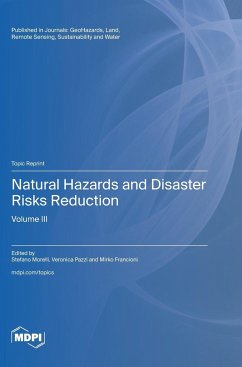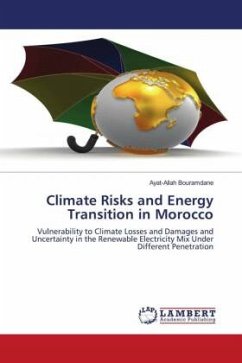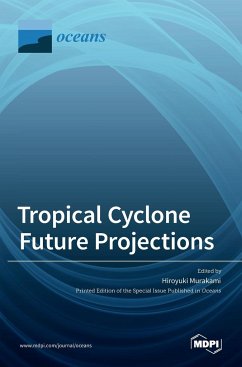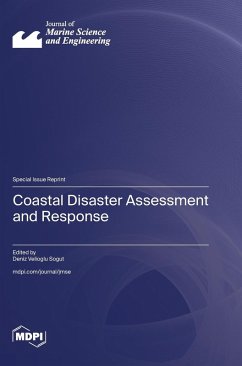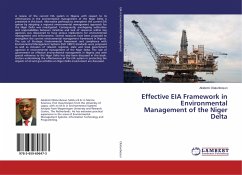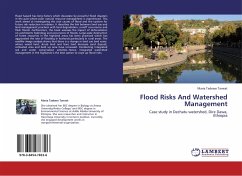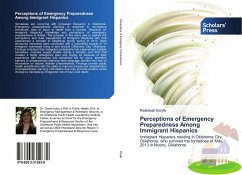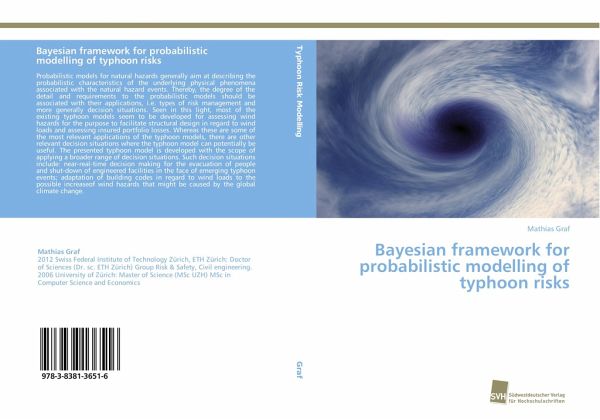
Bayesian framework for probabilistic modelling of typhoon risks
Versandkostenfrei!
Versandfertig in 6-10 Tagen
41,99 €
inkl. MwSt.

PAYBACK Punkte
21 °P sammeln!
Probabilistic models for natural hazards generally aim at describing the probabilistic characteristics of the underlying physical phenomena associated with the natural hazard events. Thereby, the degree of the detail and requirements to the probabilistic models should be associated with their applications, i.e. types of risk management and more generally decision situations. Seen in this light, most of the existing typhoon models seem to be developed for assessing wind hazards for the purpose to facilitate structural design in regard to wind loads and assessing insured portfolio losses. Wherea...
Probabilistic models for natural hazards generally aim at describing the probabilistic characteristics of the underlying physical phenomena associated with the natural hazard events. Thereby, the degree of the detail and requirements to the probabilistic models should be associated with their applications, i.e. types of risk management and more generally decision situations. Seen in this light, most of the existing typhoon models seem to be developed for assessing wind hazards for the purpose to facilitate structural design in regard to wind loads and assessing insured portfolio losses. Whereas these are some of the most relevant applications of the typhoon models, there are other relevant decision situations where the typhoon model can potentially be useful. The presented typhoon model is developed with the scope of applying a broader range of decision situations. Such decision situations include: near-real-time decision making for the evacuation of people and shut-down of engineered facilities in the face of emerging typhoon events; adaptation of building codes in regard to wind loads to the possible increaseof wind hazards that might be caused by the global climate change.





